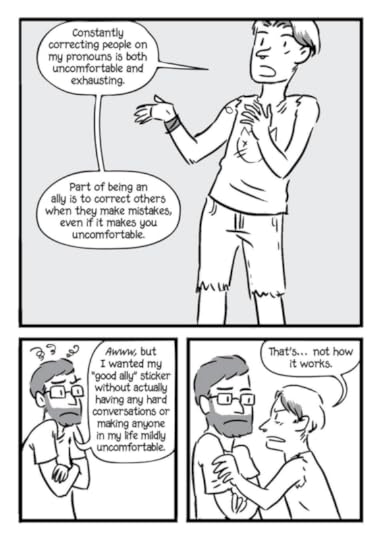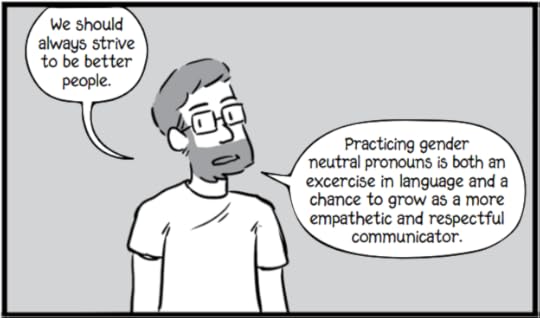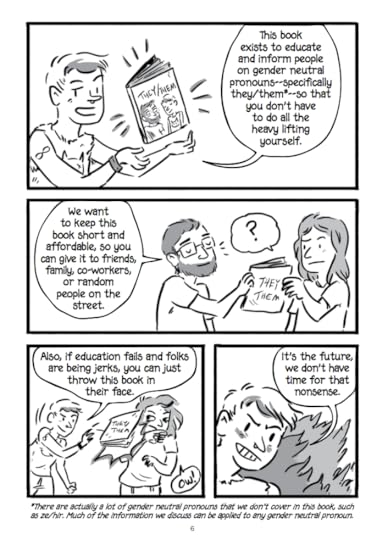What do you think?
Rate this book


64 pages, Paperback
First published June 12, 2018










__________________________
insta | twitter | blog | booksirens | duolingo


Also, if education fails and folks are just being jerks, you can just throw this book in their face.

